In the fall of 2021, my love for large format photography began to wane. After just over two years of working with 4×5″ black and white film, there began feelings of doubt. Doubt regarding whether this format was truly best for myself, and more importantly, for my work. The process of scanning the film and largely being unable to get out of it what I wished was the main culprit. But further than that was the cost associated with film photography, especially at such a large size (those working in 8×10 and Ultra Large Format are likely scoffing at this remark). To be spending roughly five dollars per photograph – between the film itself along with the chemicals needed for developing at home – only for that photograph to not work out was turning out as detrimental to my wallet.
It was around October that I decided to have a bit of a love affair, so to speak, with my Chamonix 45F-2. Having always yearned for a Hasselblad (there are few out there who photograph with film and feel otherwise), my search for one on Ebay and Facebook groups began. Not long was it that a Hasselblad 500c arrived at my doorstep, paired with the classic 80mm lens, providing me with a normal focal length in 35mm format terms. Immediately it seemed as though I was in love; between the native square format and the overall aesthetics of the camera, little could beat it.
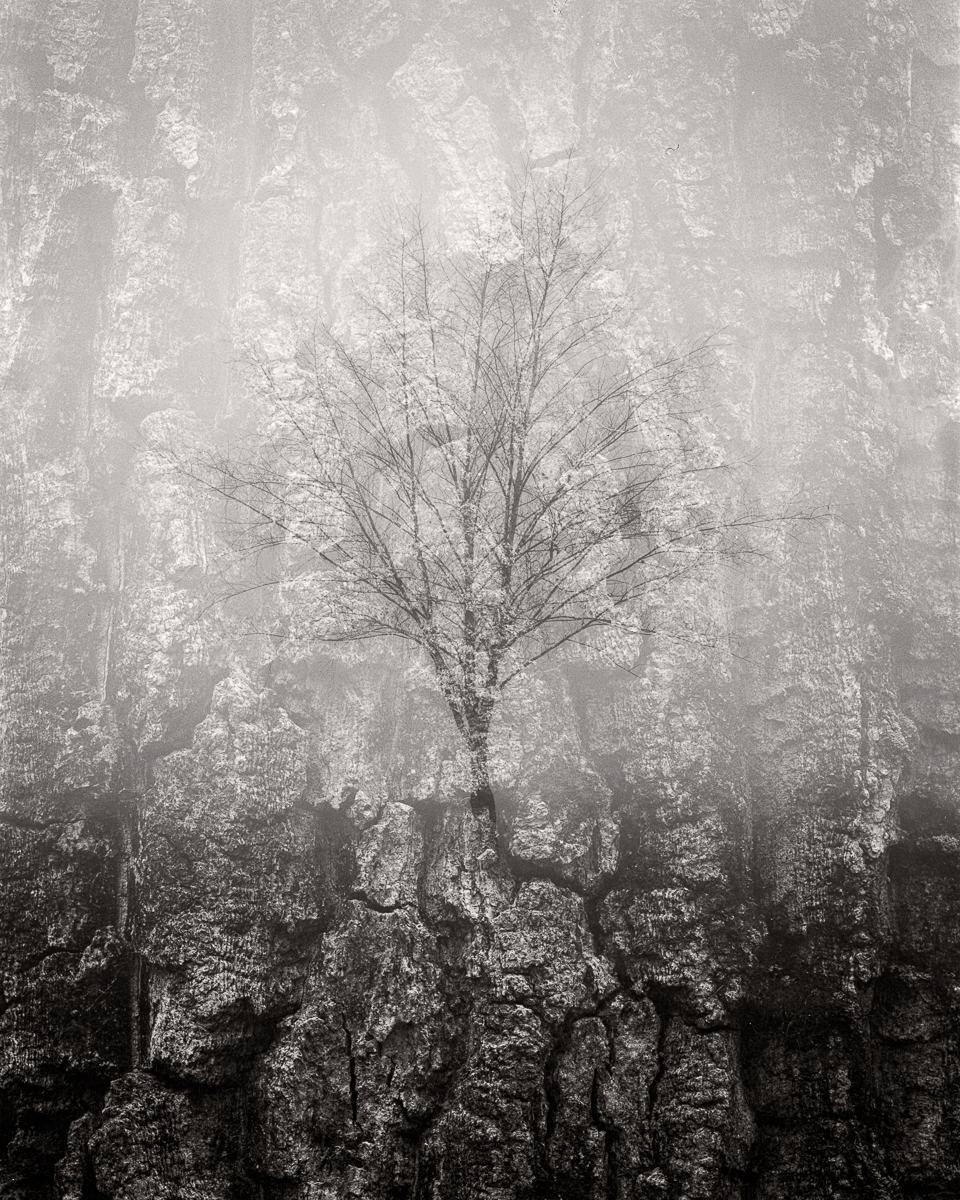
The other aspect which began driving me away from large format was the absolute weight of the system. Between the camera, lenses, and other necessities, my bag was at a near-constant twenty-plus pounds – and that was before I added in any snacks, first-aid kit, water, etc. for the hike. At the end of every hike, my body was sore from carrying the weight of it all. And while the Hasselblad 500c is not a light camera either, it certainly beats out the Chamonix by a few miles.
One aspect I had not considered when purchasing the Hasselblad was the model of it; given the price of the 501cm models – which are more recent and, ultimately, a bit better for various reasons – I could only afford the 500c. Though there was nothing inherently wrong with the camera itself, the focusing screen was dull and could not be swapped without taking it to a professional repair shop, of which there were none around me. This led to missing focus on many photographs, albeit only by a touch, due to poor lighting conditions on the focusing screen.
The other issue had, though not due to the model, was the lens; as most of my photographs are of intimate subjectmatter as found in the woodlands around me, this often requires macro capabilities. While a large format camera has bellows which can extend, allowing any lens to effectively become a macro lens if the bellows are long enough, the 80mm I had on the Hasselblad did not have this capability.
Truthfully, both these “issues” could have been alleviated through the purchase of a new screen and a macro lens, respectively; however, accessories for this namebrand camera are often absurdly expensive. If memory serves me right, the lens itself would have cost almost as much, if not more, than what I had paid for the camera itself. This, I simply could not justify at the time – especially given I was unsure whether I would truly be ridding myself of the Chamonix 45F-2 and giving up large format photography entirely.
Though it pains me to say it now, I ended up selling the Hasselblad 500c only a few short weeks after having initially purchased it. This especially as they are currently going for double what I had paid, despite it being less than a year on.
There was not much photography done throughout November, meaning my displeasure with large format was not growing – it was not shrinking, either.
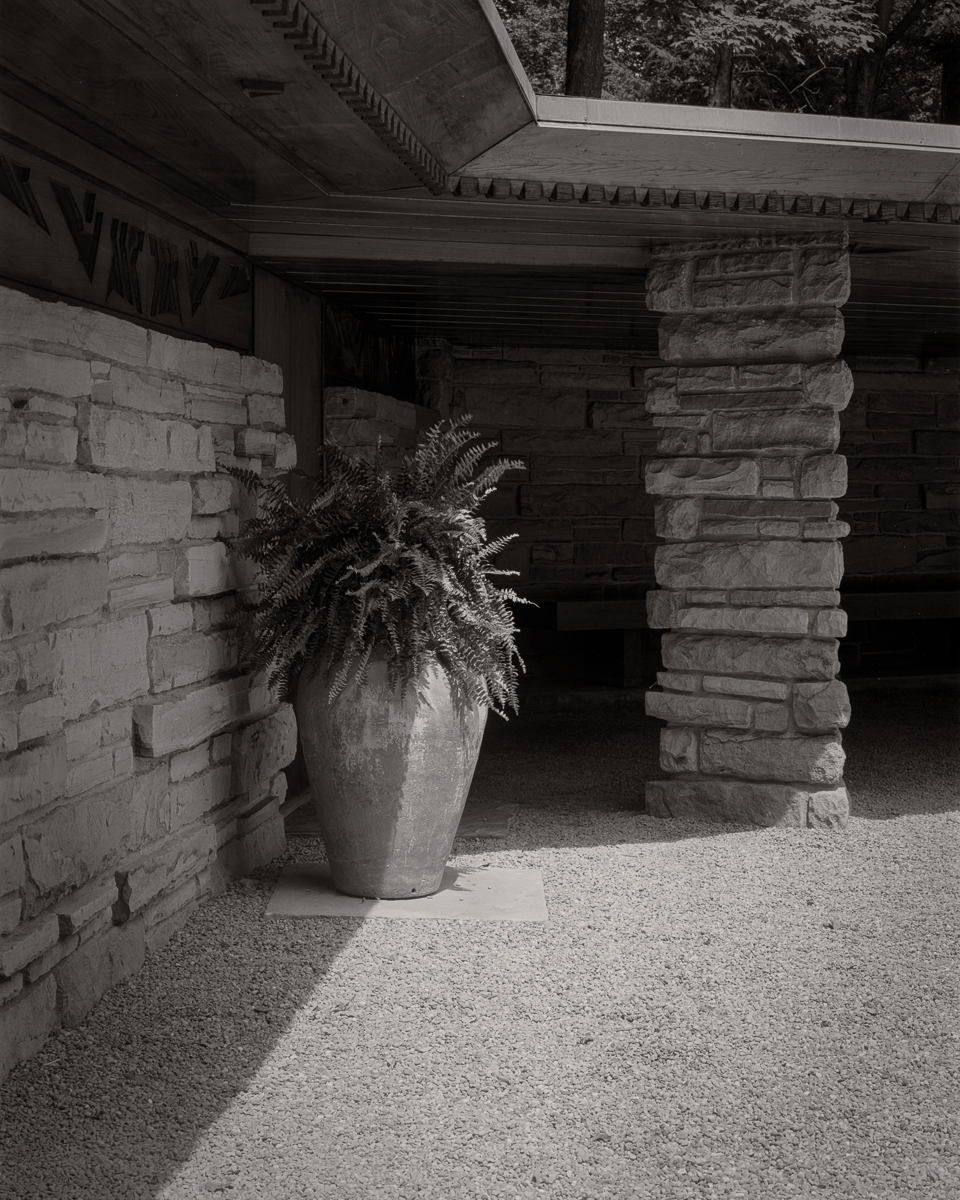
Feeling as though digital may be the answer to my forboding question, KEH.com appeared upon my laptop screen as if by magic; and a Nikon D800E paired with a 50mm micro lens appeared in my shopping cart, then my doorstep, then my hand. In beautiful condition, I was quite happy to have in my hands yet another camera I had dreamed of owning in past years. And this time, the lens was hand-picked by myself, meaning it was precisely what I wanted and would benefit most from.
But almost immediately after going back to digital – two years after I had sworn it off – I began to fall back into my old habits, the ones which led to my turning away from the format. Among these habits, the most unnerving was the onset of Gear Acquisition Syndrome (GAS). Since picking up the large format system, I had only ever used a single lens – roughly equivalent to a normal focal length – save for two occassions. So why was I beginning to feel as though I needed a 24-70mm, an 85mm, a 105mm macro, and a 70-200mm kit of lenses? To further this, the worst habit of all came creeping back in, rather rapidly: the taking of multiple photographs during a single outting, despite knowing the majority won’t work out anyway.
For a few months I toyed with the Nikon D800e, hoping these bad habits would find themselves back in the hole I had burried them in. Yet try as I might, nothing happened. If anything, they got worse. And while my body was not nearly as sore from carrying the weight of the large format camera on hikes, my creativity was struggling. Sure, the photographs looked great and the process was somewhat enjoyable. But there was something missing, and I could not help but think that something was only achievable through large format film.
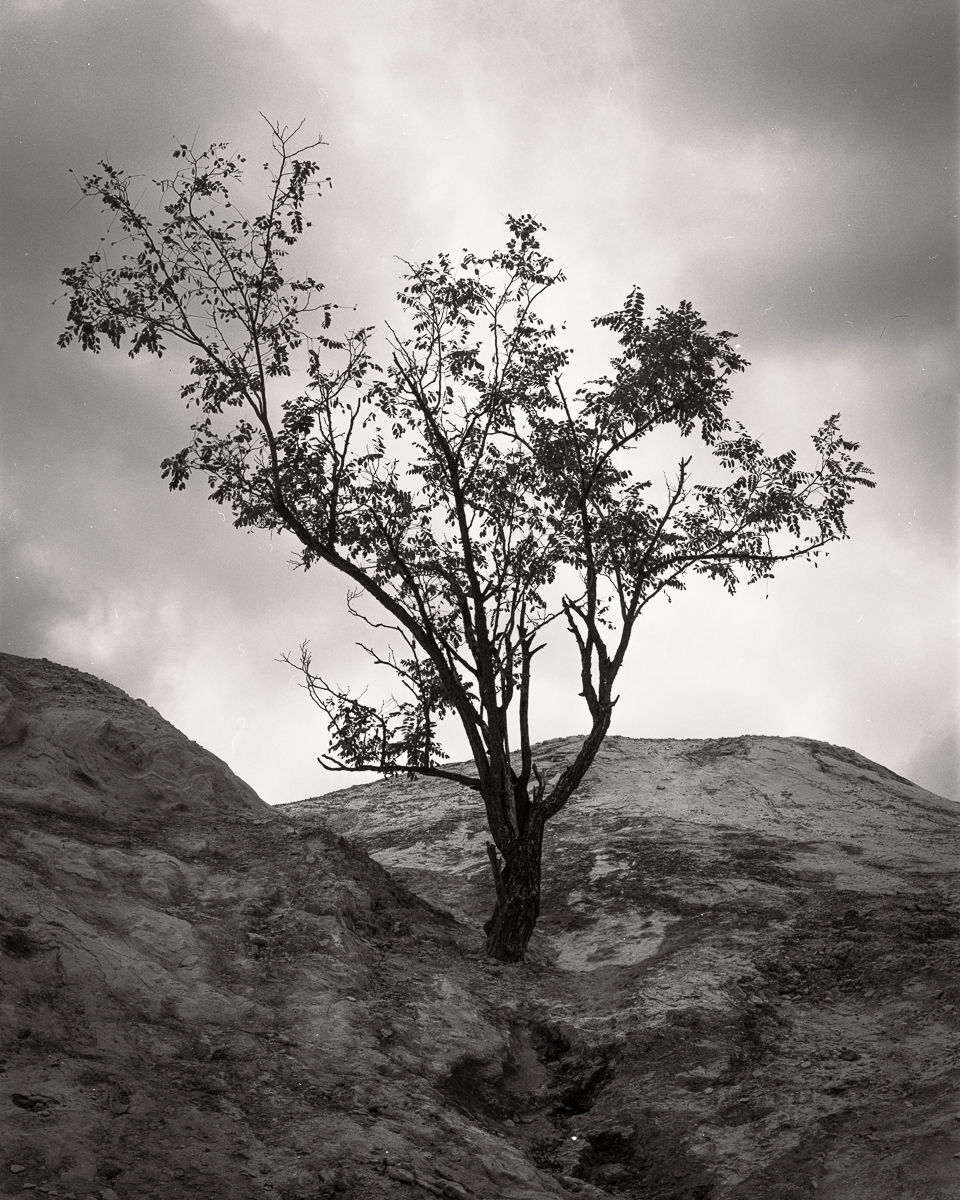
It was around this same time that Ben Horne and I began working on Creative Banter, our creativity and philosophy focused podcast. The first pilot episode we recorded had us speaking on these very dismays which we shared with digital photography. Ben told me how he had felt quite similarly when he picked up a digital kit, largely for the same reasons as I had: feeling as though large format was no longer fitting for the work being created.
As we spoke, as our feelings came to align themselves rather eerily, I realized digital was not for me. This decision was once and for all – lest the production of film comes to a complete halt and any future stockpiles of Ilford FP4+ are depleted (at that point, Ben nor I have any idea what will come). And that same week as we had spoke, the Nikon D800e and the 50mm macro lens were gone.
On the 25th of March in the year of 2022, I exposed my first sheet of Ilford FP4+ film using my Chamonix 45F-2. It was shortly after having recorded the second pilot episode of Creative Banter that I had looked outside my window and noticed the immense beauty of the sky above me. The clouds called to me in a way they had not previously.
I was happy to realize my mind – nor my hands – had forgotten the motions of large format photography.
It was around this same time when the decision was made that no film would be developed until at least August of that year – roughly five months later. The primary focus had with this format, for the first few months of using it again, was to simply enjoy photography for what it was: a creative pursuit, an outlet, a way to share my world view. This was something which had largely been forgotten in recent months and was, ultimately, one of the catalysts for feeling as though large format was not for me. (Though, I admit, I had initially felt it was due to my wanting to experiment with photography more, as evidenced in my article for PhotographyLife entitled Behind the Composition: The Catalyst.)
There is this idea within photography which is often neglected, often overlooked. The concept of waiting to view the photographs made is quite foreign to most digital photographers. Almost without failure, photographers may be found, around the world, performing the infamous act known as “chimping.” For those who know not, this is when a photographer looks down upon their LCD screen to check their exposure settings, composition, etc. after each photograph they take. Rather than trusting their intuition, rather than paying closer attention to the edges of the viewfinder, they find it immensely important to ensure each photograph is impeccably sharp and contains within it everything they desire.
Especially when it comes to that of nature photography, there is little need for such actions to be performed. So long as the photographer arrives at the desired location before the light reaches its climax (it is up to individual opinion when exactly that is), and so long as the photographer pays close attention to what is being done, there should be little need or desire for this “chimping.”
What is especially interesting is when such a photographer is provided a camera such as the Fujifilm X-Pro3, which hides its LCD screen from plain site in favor of a more film-like aesthetic. Even better is when they decide to try out film for themselves. In both these scenarios, they are forced to be patient; they must be careful with their composing, their settings, their focus.
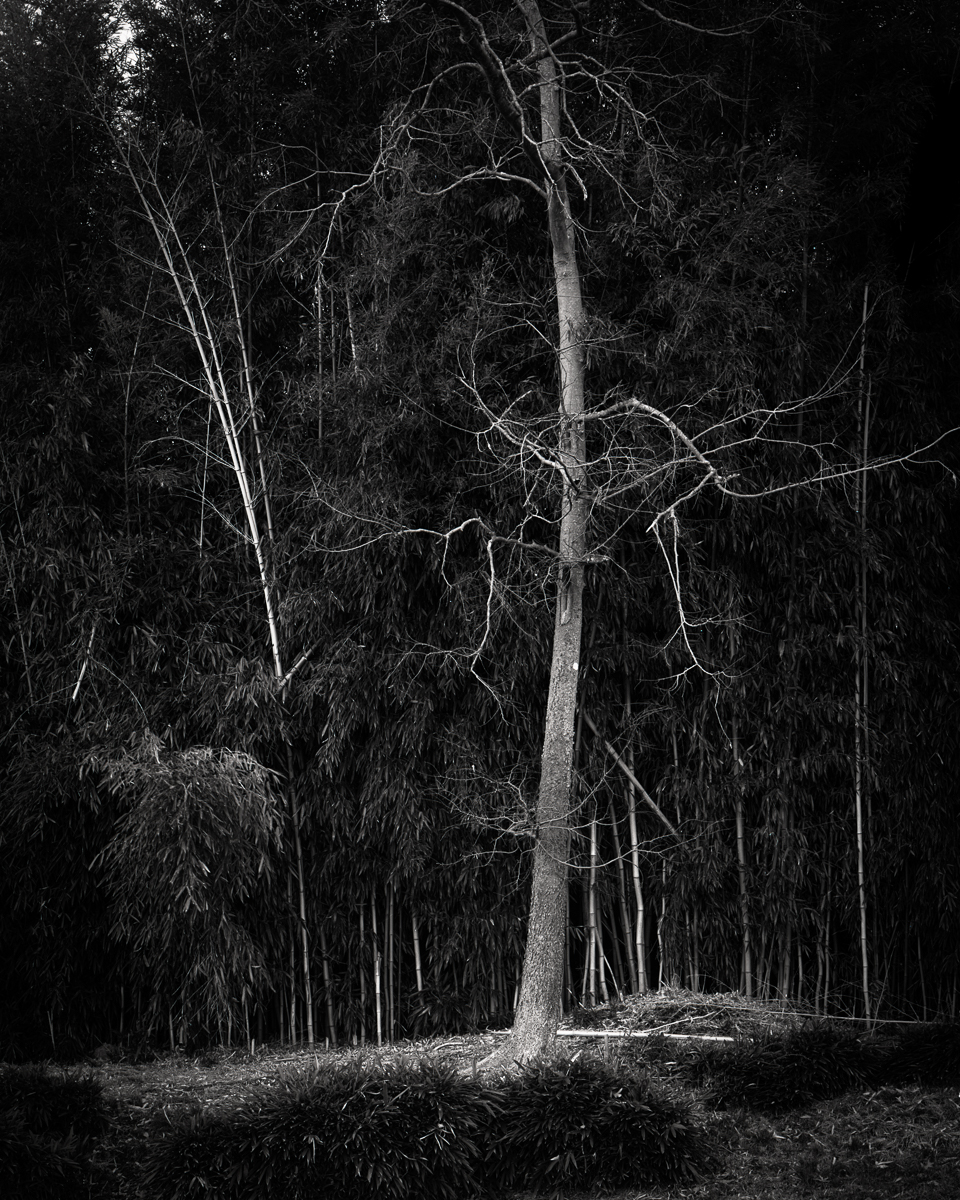
Like these individuals, I, too, had found myself performing this ritualistic act of “chimping” after many of the photographs taken. At the time, I chalked it up to wanting to ensure the photograph was as close to perfect in-camera as possible, not wanting to spend hours behind the computer screen in vain attempts of fixing the unfixable. After having used various film cameras over the years – first in conjunction with and then in replacement of digital – I have come to the realization that there is little excuse for such behavior. This, especially, given the latest cameras showing in real time the exposure of the scene, before having even pressed the shutter release.
And so the decision was made that I shall wait until August to develop any and all film exposed with the Chamonix 45F-2. Due to unforeseen circumstances – take a listen to Creative Banter episode eleven, titled I Bearly Survived, or head to the print store on my site for further information – it was mid-July when I began developing. Nonetheless, many months had passed since I had last laid eyes upon the compositions which were exposed.
There is, of course, an inherent fear which rises within your stomach as you develop these sheets of film, especially when using chemicals you had not previously used. Will the photographs turn out? Or, will I be stuck having nothing to show after all this time? Does it even matter? At the end of the day, no; nor did my inherent fear, as it was quickly abated and replaced by the ultimate joy: the joy felt only by those developing their own film, as they pull the fixed sheet out from the washing bath, witnessing the glory of silver halide on plastic, shaping the photograph you had forgotten you exposed so long ago.
It cannot be dismissed, the fact that there is pleasure in receiving immediate feedback on a photograph you had taken. But there is no doubt in my mind that that pleasure is annhilated by the joy felt when you wait just a few days – for those of us who cannot wait longer than that – to see what you had accomplished, to see your vision come to life. Try it, for there is nothing like it.
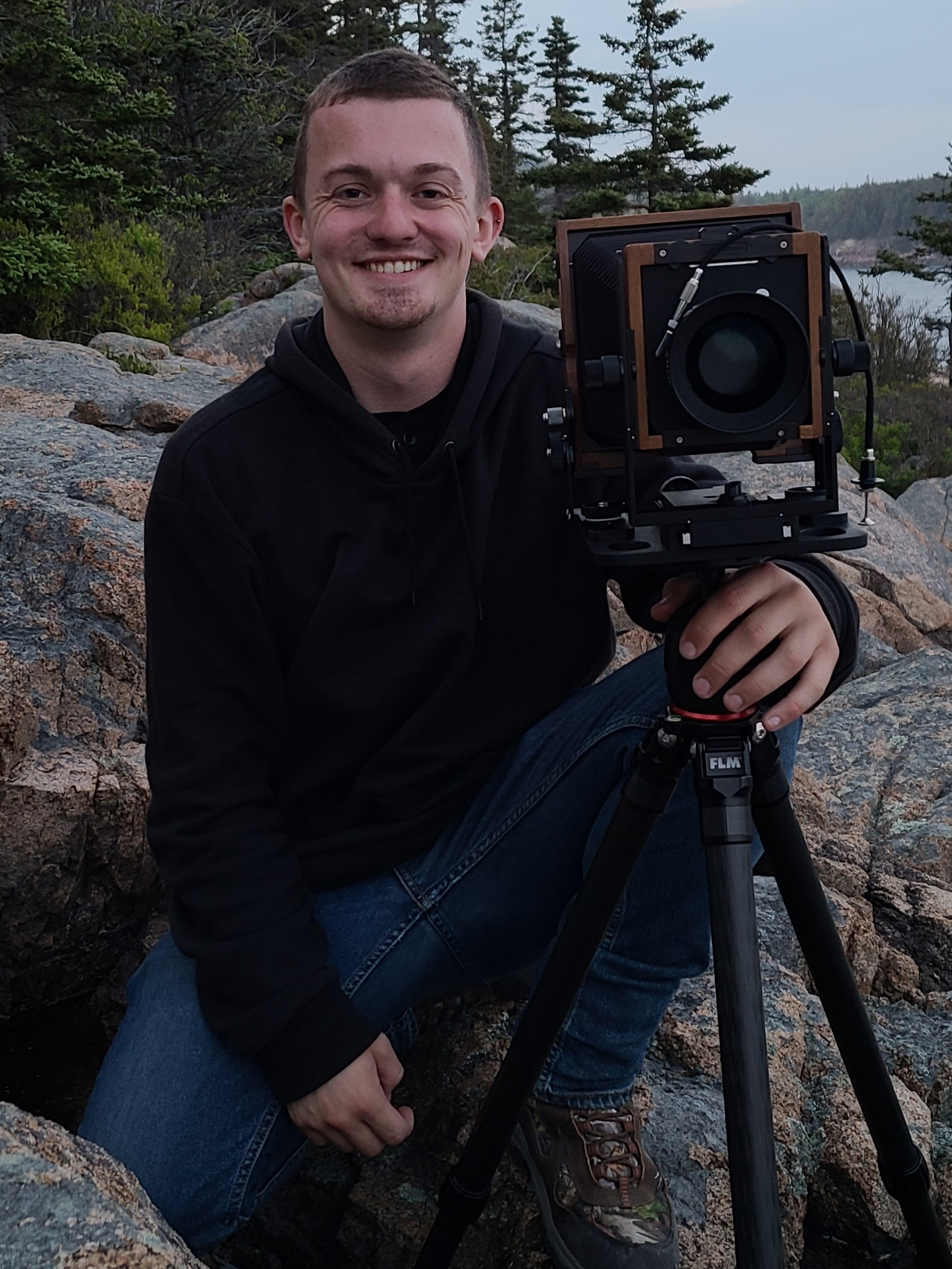
CODY SCHULTZ
My engagement with photography started as a need to express myself, as a way to help heal my wounded mental health. Over the years, it has become a way in which to find meaning in my life and the world around me. Photography provides me with an open invitation to explore and engage with nature in ways I had not previously thought possible. While I initially went out into the woods to make photographs, I now go out into the wild to enjoy the peace and quiet, the stillness; the photographs resulting from these treks are simply byproducts, rather than goals.
Since 2017, I have chosen to work exclusively in tones of black and white. The medium’s expressive opportunities are far beyond that of color, allowing the viewer to lose their perception of reality and get lost in the timelessness.



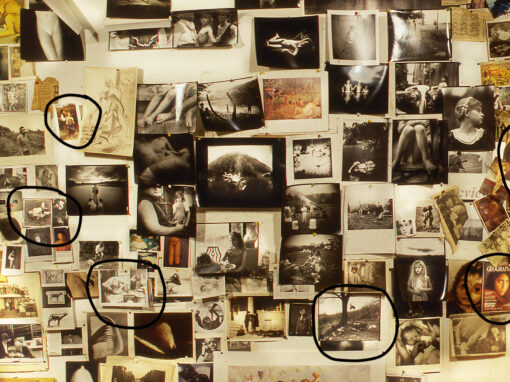
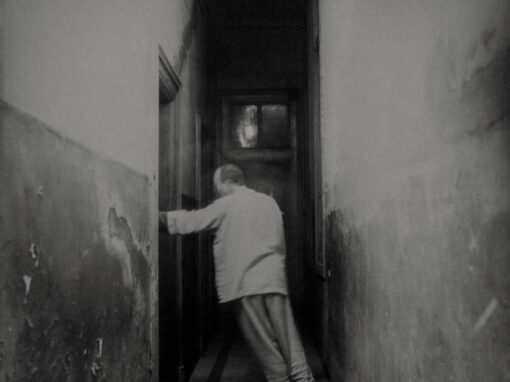
Cynthia+Gladis
August 3, 2022 at 19:39
I enjoyed this very much! Since I primarily shoot digital, I chimp, because I can, LOL. I did go through a crazy phase last year of buying and using vintage film cameras and really enjoyed it. And I will use them again, particularly the Rolleicord which is a joy. I found I enjoyed the limitations of a roll of film and the waiting to see what I got, particularly because I could satisfy my urge for instant results with my digital gear in the meantime. Your work is beautiful, and thanks for sharing your thoughts with us!
Catherine Marcogliese
August 4, 2022 at 11:15
I use digital but I don’t chimp. I wait until my images are up on the computer screen before I decide what to do with them. It has happened that months or even years pass before I know what I want to do to an image. Once while listening to a Frames podcast (I can’t remember with which photographer), the photographer said don’t ever delete in camera. Great advice. I feel that the camera’s back screen is too small to be able to see what is going on in the photo. So yes, wait, trust your instinct, and be patient.
Christian Peacock
August 11, 2022 at 19:58
The equipment we use helps shape our method of shooting. Times change with my experience with the camera. Recently I returned to do a shoot with my Mamiya RZ67. Shooting black and white film with hot lights and hand holding that camera, I came to realization I couldn’t do it any more. The camera was too heavy for my old hands and arms. For the position I wanted my camera to be in required dexterity that is not as easy for me to achieve as I was twenty years. I switched to my trusty Nikon D850 and was able to capture what I wanted with much greater ease. I guess when that camera becomes too heavy I’ll shooting with the iPhone.
James Monte
August 31, 2022 at 16:44
Very interesting read – for a variety of reasons many have been through similar gyrations on equipment and analog vs digital. Then layer in the effect of the pandemic restrictions and many of us made some downright weird decisions. I am guilty of chronic digital GAS after realizing I love the concept of analog but not the use of darkroom chemicals. Although I retain a mirrorless Sony A7 something I am most happy with the couple of digital rangefinder cameras that give a sort of analogue vibe with primes attached. Like getting old, I’ve learned to live with my lot as is. And I will end with an outrageous statement – digital is far better to work with in post!
Daniel
November 19, 2022 at 19:09
Sorry, but when I got the Fuji GFX system, film was over for me. I sold all of my film gear and don’t regret it. I kept my old Zeiss Distagon lenses from my Nikon D800 days and adapted them to the GFX system, and the tones and character this combo can capture wipe the floor of film. I found shooting medium format and 4×5 became a chore. Not just that but if you are scanning negatives on a flatbed or with a digital camera you are just wasting your time, as you are simply resolving only a small amount of detail from those negatives. Drum scanning is now quite rare and very expensive. People need to move with the times and embrace new tech.